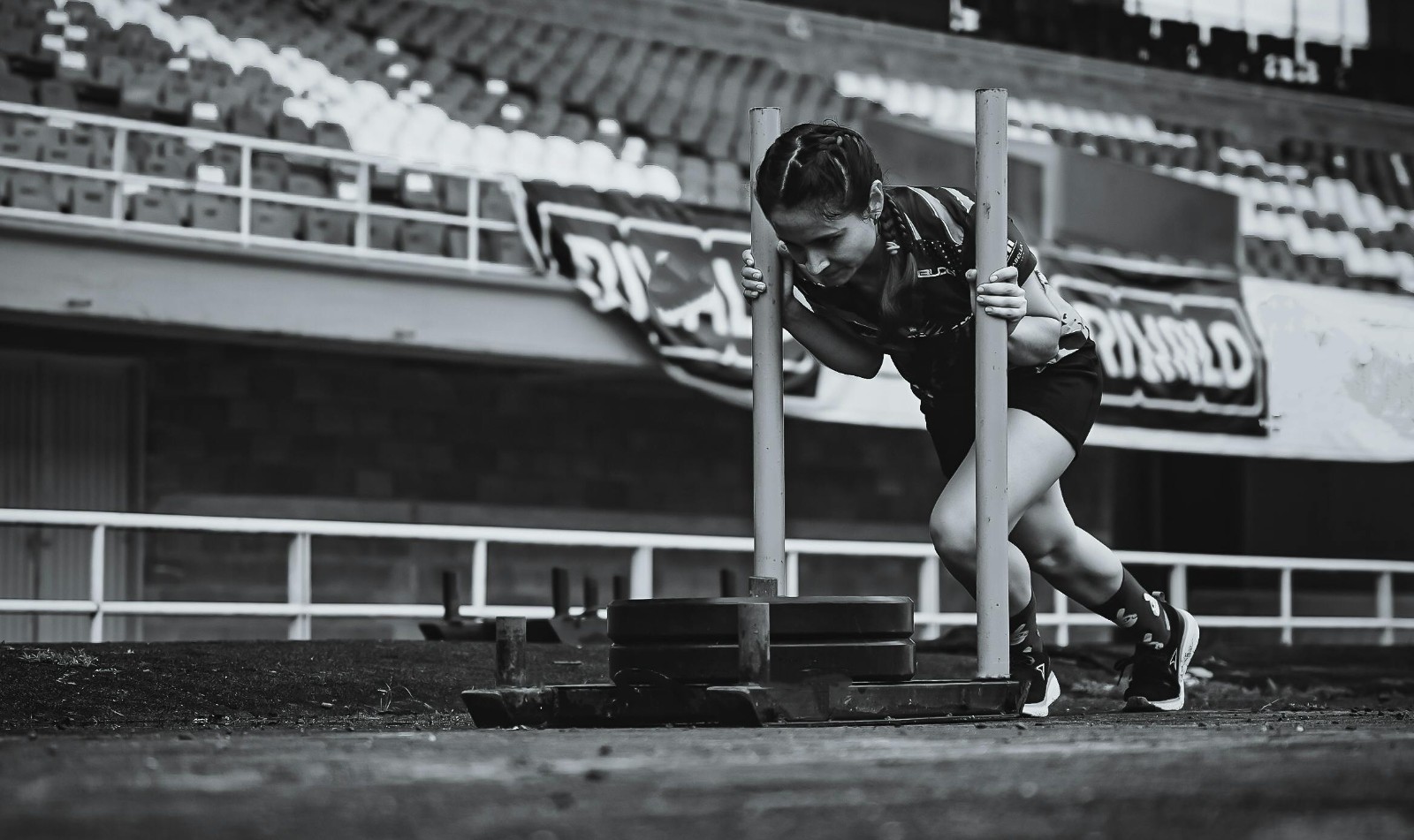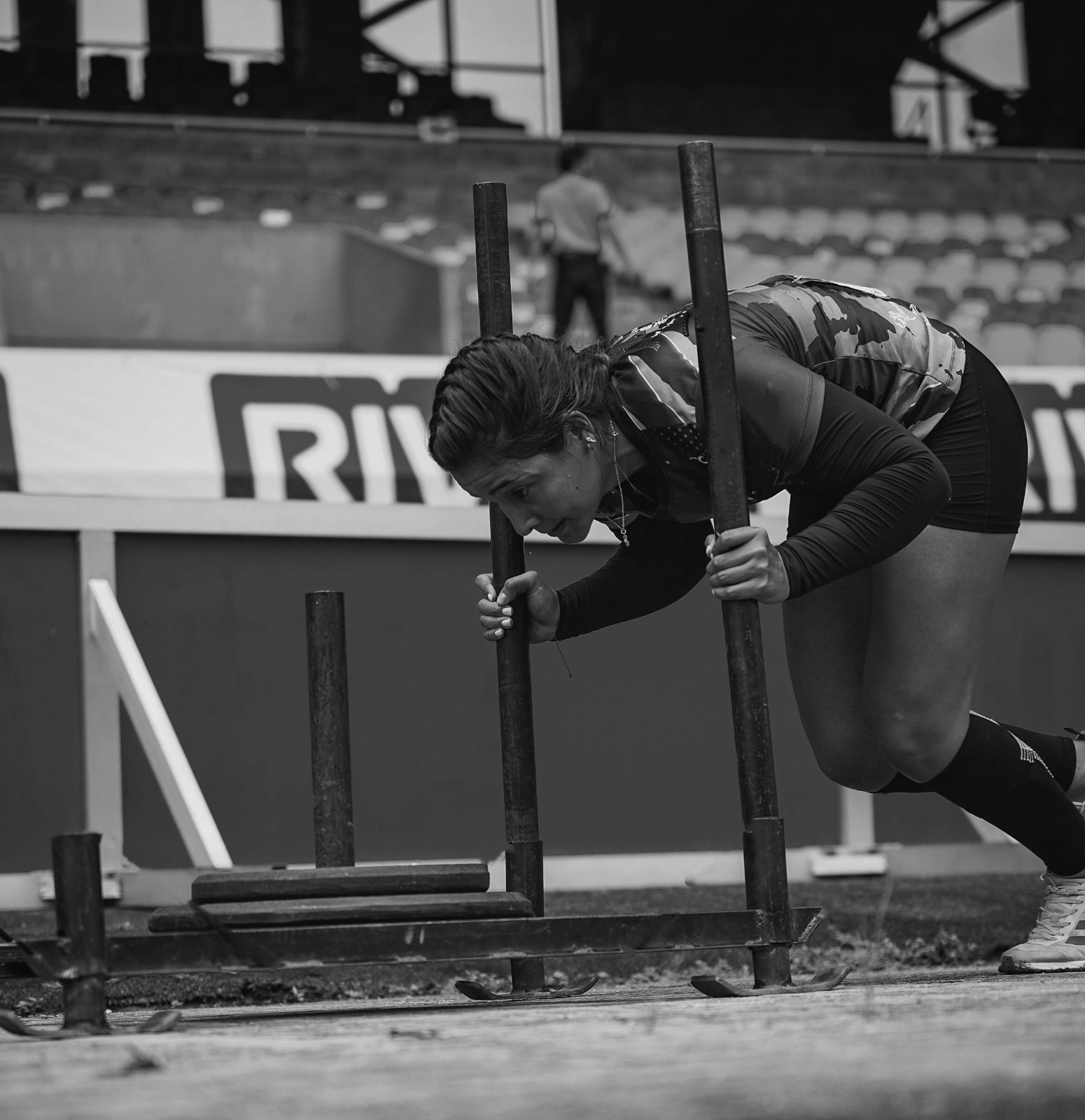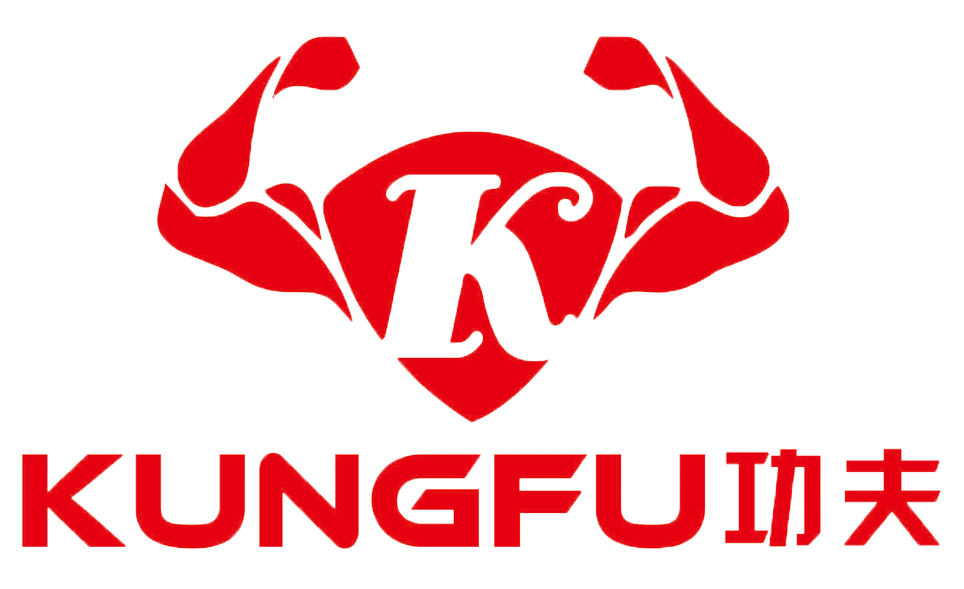Here's What It
Yes, the sled push exercise is a phenomenal leg builder. But its value comes from the fact that it’s a true full-body movement that builds functional, real-world strength.
The Engine: The Entire Lower Body
The primary movers are, without a doubt, in the lower body. This is the source of the sled's power.
- Quads, Glutes, and Hamstrings: Every single step is a coordinated explosion of the entire upper leg. The continuous tension on the quads is incredible for building size, which is why the sled for bigger legs is a legitimate training goal. More importantly, the powerful hip extension makes the sled push for glutes one of the most effective movements out there—a key selling point for clients targeting both athletic performance and aesthetics.
- Calves: The calves are on fire during a sled push, acting as the final point of force transfer into the ground.It’s a level of engagement you just don’t get from most seated machines.

The Frame: Total-Body Stability
This is what separates the sled push from a leg press. The entire body has to work together to move the weight, creating a much more athletic and functional stimulus.
-
A Rock-Solid Core: You simply cannot push a heavy sled with a weak core. The athlete is forced to brace their entire midsection, from their abs to their lower back, creating a rigid "plank" from shoulders to hips. It’s a phenomenal core workout without a single crunch.
-
Shoulders, Chest, and Arms: The upper body isn't just holding on; it's isometrically contracted the entire time, transferring every ounce of power from the legs into the fitness sled. This builds the kind of full-body tension and integrity that is the foundation of all athletic movement.
Key Benefits of Incorporating Sled Pushes
- For Fat Loss: A lighter sled push for conditioning over longer distances skyrockets the heart rate, providing a brutal cardio session that's low-impact and highly effective.
- For Athletes: Heavy, short bursts build anaerobic power and work capacity, a cornerstone of sled push CrossFit workouts and athletic training. This is sled push cardio that actually builds strength at the same time.
The Gold Standard for Building Speed
For any facility that trains athletes, the sled for speed is essential. It's a form of resisted sprinting that directly improves acceleration. It allows athletes to strengthen the exact muscles in the specific patterns needed to get faster, making it a staple for sports performance centers.
More Than a One-Trick Pony: Push, Pull, and Drag
The Sled Pull: Building a Powerful Backside
The sled pull is the perfect partner to the push. While pushing is quad-dominant, pulling is all about the posterior chain. The sled pull muscles worked are the glutes, hamstrings, and the entire back. A heavy sled pull workout is an incredible strength and muscle builder.
The Endless Variations
You can also use it for:
- Backward Sled Drags: An unbelievable quad-builder and great for knee health.
- Sled Rope Pulls: A seated or standing sled rope pull is a brutal test of grip, back, and bicep strength.
One gym sled can be the centerpiece for an entire group conditioning class, which is a phenomenal return on investment for the floor space it occupies.
Sled Push Form: The 3 Golden Rules
- Get Low: A low center of gravity is key for leverage.
- Stay Flat: The back should be straight and braced from start to finish.
- Drive Hard: Use long, powerful strides, driving your knees up and pushing the ground away.

Your clients build stronger people. Your job is to equip them with the tools that are simple, effective, and built to last. Our commercial-grade
Let's talk about how the right equipment can make your business—and your clients' businesses—stronger.
Email: kungfu@rzkungfu.com
Website: https://rizhaokungfu.com/
Frequently Asked Questions (FAQ)
Q1: What's the difference between a prowler sled and a speed sled?
A1;Think of it this way: a prowler sled is like a heavy-duty truck designed for pushing heavy loads and building raw strength. A speed sled is a lighter, more compact tool, almost like a sports car, designed to be worn with a harness for sprint resistance.
Q2: Can a sled with wheels replace a traditional sled?
A2:A sled with wheels is a great problem-solver for indoor facilities or on surfaces you don't want to scratch. It's quieter and smoother. However, many athletes prefer the friction and raw feel of a traditional sled on turf or concrete. It comes down to the facility's needs.
Q3: For cardio, what's better: heavy and short, or light and long?
A3:Both work, they just do different things. Heavy/short pushes build anaerobic power. Light/long pushes build aerobic endurance and burn a ton of calories. A great program uses both.
